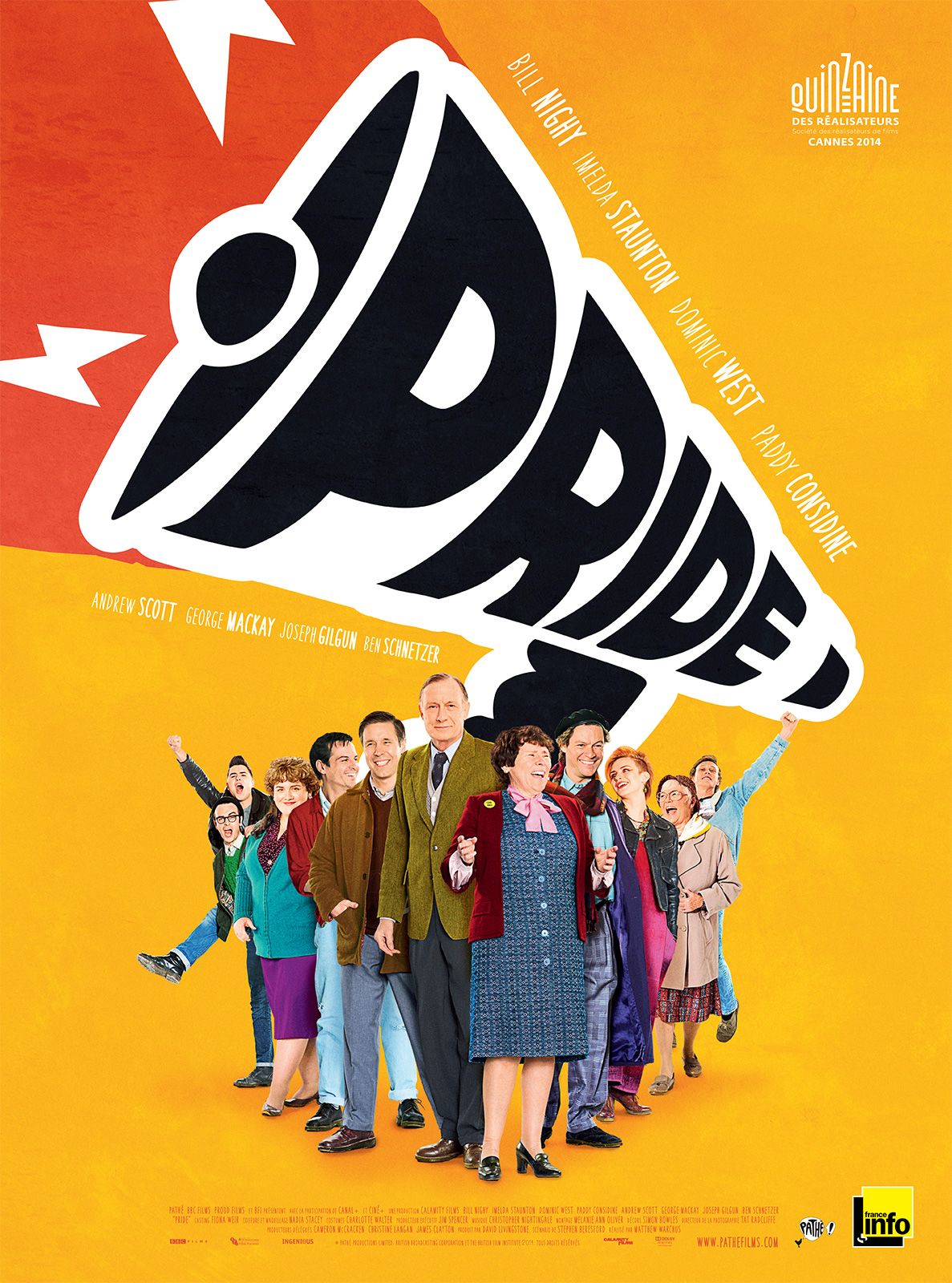Pride - A story that needs to be told?
Pride is a film based on a true story, it isn’t a fictional piece to illustrate a message but made with the foundation of real people’s actions in history. I think that this story needs to be told as otherwise it could fade away in people’s memories and the struggle of those involved shouldn’t be dismissed so easily.


The story of Pride is not one often told. The mining strikes are portrayed in films and documentaries frequently (e.g. Billy Elliot), and the aids crisis and homophobia of the 70s and 80s is portrayed in film too (e.g. Angels in America), but neither are ever combined or compared. Pride does this not only through looking at both perspectives but also focusing on LGSM, who combined the two courses in real life. I wasn’t aware of this story before I watched the film’s trailer, emphasising this point. It’s the sort of story that the government and the society that followed it would have wanted to keep out of the spotlight as it shows two of its opposing groups in a positive light.
The representation of often marginalised groups, in this case the miners (or working class), the LGBT+ community, and women, also makes this film important. The miners were faced with brutality from the government and the police, the film shows them at the picket line protesting, the police fighting back, and it shows them feeling sad and isolated when the power is shut off and they’re without food. This film shows the struggle from their side, and makes the audience want their success despite knowing how it ends. This angle makes the audience sympathise with them and more likely to remember their battle, which is one of the film’s purposes.
Another group represented is the LGBT+ community, homophobia was present during the story and it’s present now when we’re watching the film, many big films don’t represent LGBT+ because they’re afraid it will bring down viewing numbers so presenting the community positively and strongly is bold and brilliant and challenges these views. The group raises money for the miners simply through empathy, and they have fun around their friends; their homosexuality is not shown to define them or make them either a good or bad individual.
The other group mentioned previously is women, they too were struck with hardships during the mining strikes but the spotlight is barely ever on them when this part of history is being told. Hefina is portrayed as one of the strongest individuals of the town, people follow her and trust her, Maureen is also deeply influential on the town, spreading her misunderstanding and homophobia of LGSM to others, especially her sons. Sian is another strong woman, who goes from a housewife to a bold member of the committee to a member of parliament. Many women returned to the ‘housewife’ role after the strikes ended, Sian’s story is so close to being what happened to so many, and her representation reminds the women watching not to fall back into the default roles of their gender set by society.
Another aspect of Pride is that the audience wants to hear the story, its plot didn’t happen too long ago, people alive now still remember it and want to see it told, or people saw the trailer and wanted to know more of this story that they hadn’t heard before. The text at the end of the film reminds us that it was all real and that those watching should think of those who succeeded, as well as those who died. Those who were there don’t want this story forgotten or discredited, these voices and stories need to be heard.
Pride is also here to inform the audience, despite it being set in 1984 within the main narrative there are subplots that are relatable to people today. Joe’s subplot is his homophobic family, his final coming out and walking away, Gethin’s subplot is that he left Wales due to his family’s reaction to his sexuality, and his return and mending of the family break. Johnathon’s aids reveals one of the many lives changed by the disease, Cliff is a man who’s lived his whole life in one town and never come out until an older man due to the fear of rejection over his sexuality. Sian is a woman who’s been told to care for the household and family her whole life but can be so much more, each character has their story to inform others of the lives people don’t always see from their angle. Through these stories some families may think differently about sexuality and their children could feel less alone in their situation, it could also remind people to forgive others and try again, like Gethin does.

In conclusion Pride is a story that needs to be told, not only so that people don’t forget it, but so that people learn from it and it’s characters. It’s important that those involved in the movement know that what they did is still appreciated and understood, and not pushed away like they were at the time.


Comments
Post a Comment